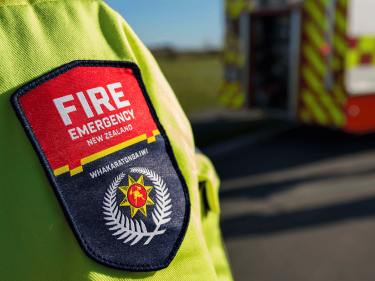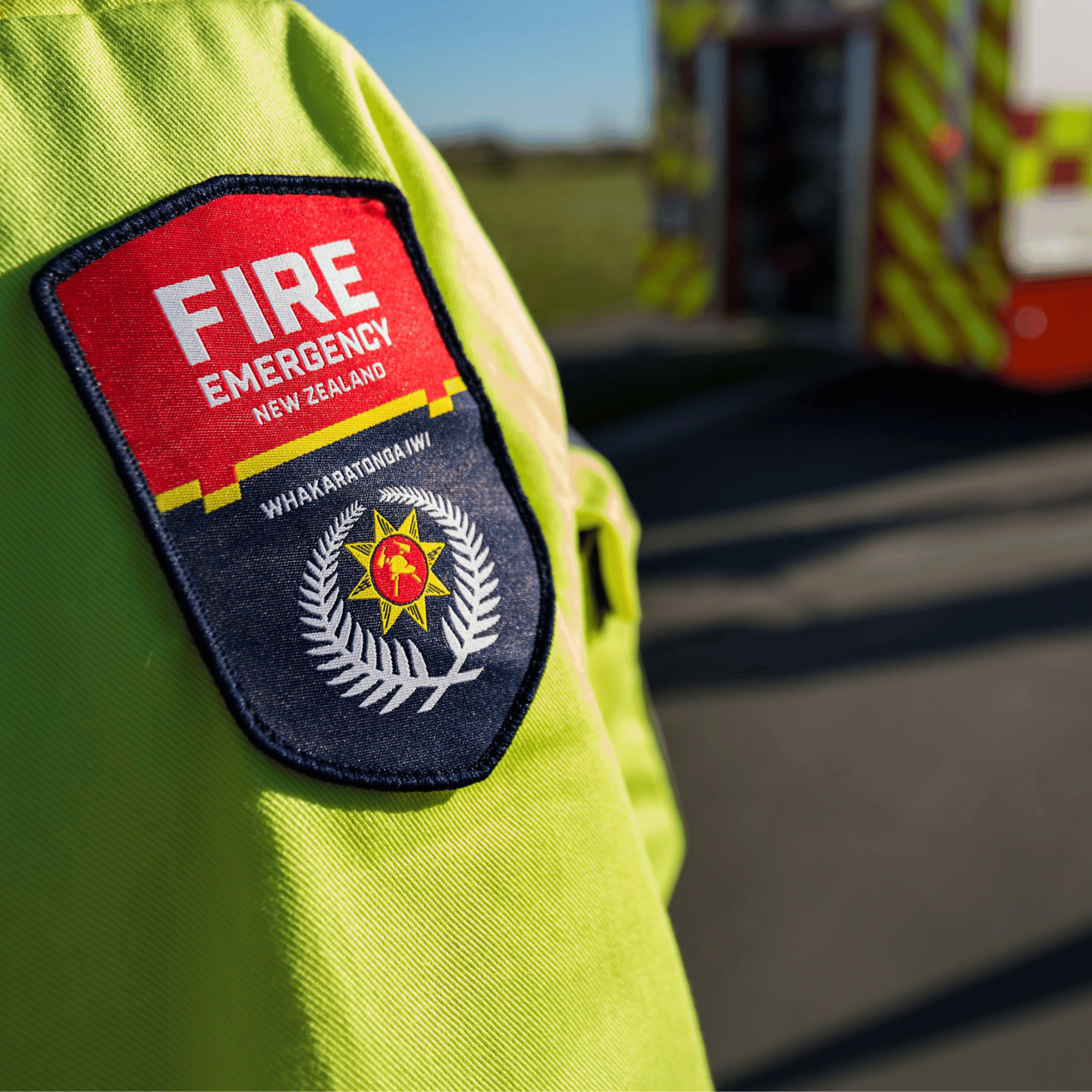| Open Consultations |
There are no open consultations.
| Closed Consultations |
Public consultation on the Fire and Emergency levy for 2026-2029
From 5 April – 17 May 2024 Fire and Emergency New Zealand held a public consultation on our proposed levies for the period 1 July 2026 – 30 June 2029.
Fire and Emergency, New Zealand’s trusted national fire authority and an emergency first responder for most communities, is funded almost entirely through levies on home, contents, non-residential and vehicle insurance policies.
New Zealanders have been funding their fire services through levies paid on insurance policies since the 1970s. Consultation on levy arrangements and the activities we plan to undertake during the levy period has now been completed.
Draft records disposal schedule
Public consultation on the draft records disposal schedule has now closed. We’ll be reviewing the feedback we received and making updates to the schedule where appropriate, before submitting the draft to Archives New Zealand. If you requested an update on the outcome of your feedback, we’re aiming to be in touch with you via email by early June.
Fire insurance transitional levy increase consultation
From 5 April – 2 May 2023 Fire and Emergency held a public consultation on a proposal to increase the transitional levy that provides almost 100% of Fire and Emergency’s funding. We have proposed a 12.8% increase to the transitional levy component across all levied insurance policies for the 2024/25 and 2025/26 financial years, taking effect from 1 July 2024.
Public consultation about the proposed increase has ended and the Government is in the process of making decisions about it.
You can read more about the proposal in our consultation launch announcement here on our website: Public consultation on increasing transitional levy now underway.
We will update our website once Government decisions have been announced.
Fire Plans consultation 2024
Fire and Emergency’s consultation to review Fire Plans is complete. The plans have been finalised and published.
If you have any questions about Fire Plans, please email fireplans@fireandemergency.nz
Disputes Resolution Scheme Consultation
From 12 December 2019 to 20 February 2020 Fire and Emergency held a consultation on the Dispute Resolution Scheme Rules.
Overall, there was general support for the proposed rules and process for the Scheme. For more information about the changes we made and the supporting rationale read the Summary of and response to submissions.
The Fire and Emergency New Zealand Dispute Resolution Scheme is now available and you can view the final Scheme Rules. The Scheme is administered by ICRA and provides members of the public and Fire and Emergency volunteers with an independent, transparent process for resolving a variety of disputes with Fire and Emergency.
If you have lodged a complaint with Fire and Emergency and are not happy with the outcome or believe it is taking too long for us to respond to your complaint, you can apply to use the Dispute Resolution Scheme.














